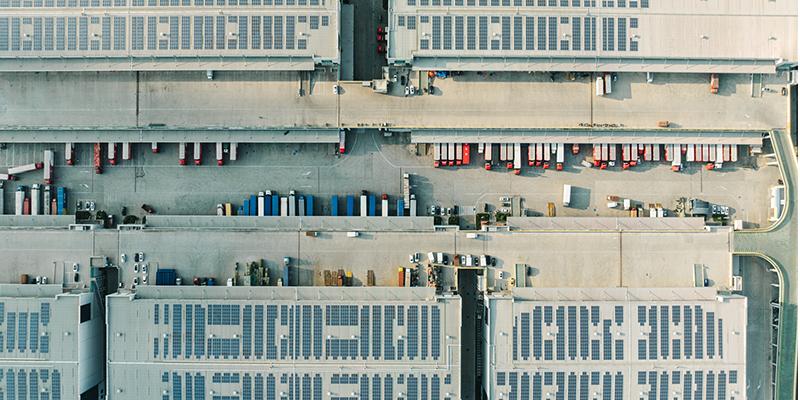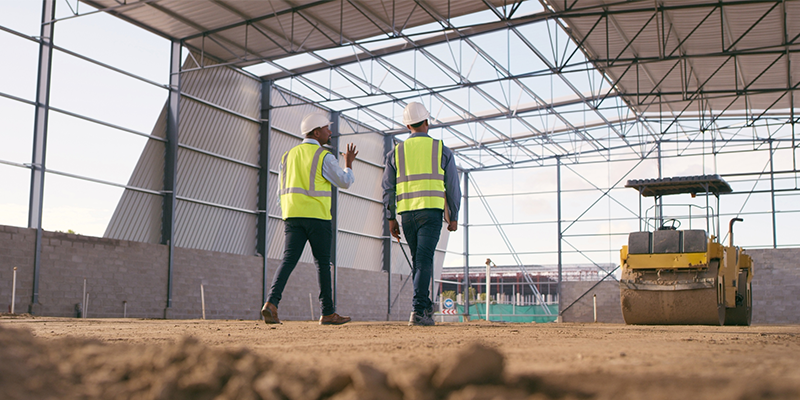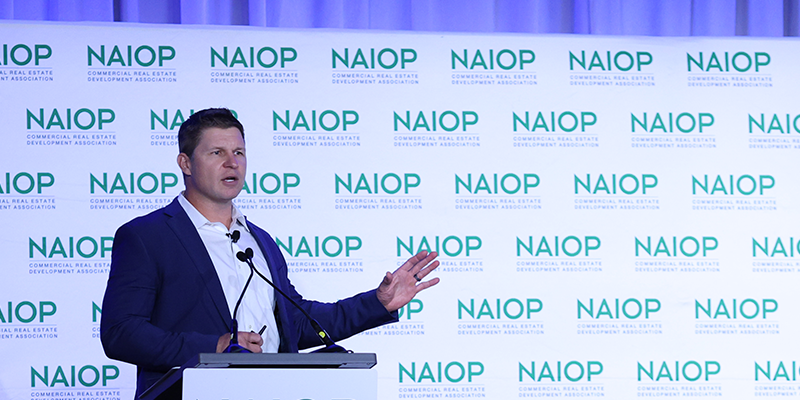A cold storage conference isn’t complete without hearing from the operators of these specialized buildings. For the closing session at I.CON Cold Storage, a panel of cold storage operators shared how they approach their real estate needs; what factors they consider for their facilities’ locations; and their outlook for the cold storage sector.
Tim O’Rourke, senior managing director, JLL, moderated the session with panelists West Hutchison, president/CEO, Vertical Cold Storage, and Chris Hughes, president and CEO, Arcadia Cold Storage & Logistics. O’Rourke kicked off the session by asking the panelists for their take on the current environment.
“I think a lot of the fundamentals that were in play in 2003 when I got into this industry are still around,” said Hughes. “We have a sheer gap of supply and demand. You’ve got growing populations close to big MSAs [metropolitan statistical area], and grocery retail channels that are growing exceptionally fast and will continue to do so over time.”
“I think we just need to be prudent collectively in terms of how we build, where we build and how much capacity we put into the market,” he added.
“What are some of the key drivers of cold storage development?” asked O’Rourke.
Hutchison listed myriad factors: population growth; demand for refrigerated and frozen products and the expansion of these areas in grocery stores over the last five years; and a “COVID bounce” that increased consumers’ comfort with buying perishable products online, among others.
“The growth of the overall cold storage food category is undeniable,” Hutchison said.
Panelists’ opinions varied on the value of retaining older buildings compared to securing newer, more efficient and perhaps technologically equipped buildings.
“There’s not a business case for shutting down a 40-year-old building that is generating EBITDA [earnings before interest, taxes, depreciation, and amortization] and doing fairly well,” Hutchison said. “You will not overcome the cost to construct a new building with power, savings and labor efficiencies. You know, if you get a 40-year-old building and you take good care of it, it’ll last much longer than some of what I hear people say.”
“I think what we don’t know is how product handling requirements are going to change over the coming years,” Hughes noted. “The requirements of how products come in and are handled could change significantly. Vintage assets may not practically be able to handle the throughput that’s required, in those cases.”
“I think there have been some assumptions that cold storage distribution is the same as dry building distribution,” said Hutchison, but the logistics and distributions networks are not the same.
“It’s a market-by-market situation. You historically run the risk of overbuilding in certain markets,” said Hughes. “I think what a lot of the new entrants are starting to realize is that you really have to understand how to operate these things. There might be ample capital; you might be able to design and put a building up, but it’s a much different thing to be able to operate effectively.”
Both panelists noted increased enthusiasm for the market following Lineage Logistics’ IPO this July, and the hope that it will help educate investors and developers about where and how cold storage facilities operate.
“There are a lot of people who are making decisions in this business for the very first time that turn out to be expensive mistakes,” Hutchison said. He told the story of a new building that his company recently bought south of Fort Worth, Texas. The original owners made a big mistake in their choice of refrigeration system – one that was not going to maintain the correct frozen temperatures in Texas – flushing millions of dollars down the drain.
“And so, we bought the building at a discount,” Hutchison said. “We were excited to be able to come in and buy it.”
“What else does the future hold for the PRW [public refrigerated warehouses] world?” asked O’Rourke.
“A movement away to more flexible, nimble technologies that are less expensive than some of these fixed automation projects that have happened over the last five years,” Hughes said. “I do believe we haven’t even scratched the surface on AI and machine learning capabilities.”
“I have been in this industry for almost 30 years, and it does ebb and flow,” said Hutchison. Nevertheless, “This is a great time to be in the business. It’s been fun to see the progression in the business and see the younger generation come into the business and their enthusiasm. A lot of good things are going to be happening.”
“It’s recession resilient; people have to eat,” Hughes said. “If I were an investor right now, I think this would definitely be the spot I’d be looking at.”








